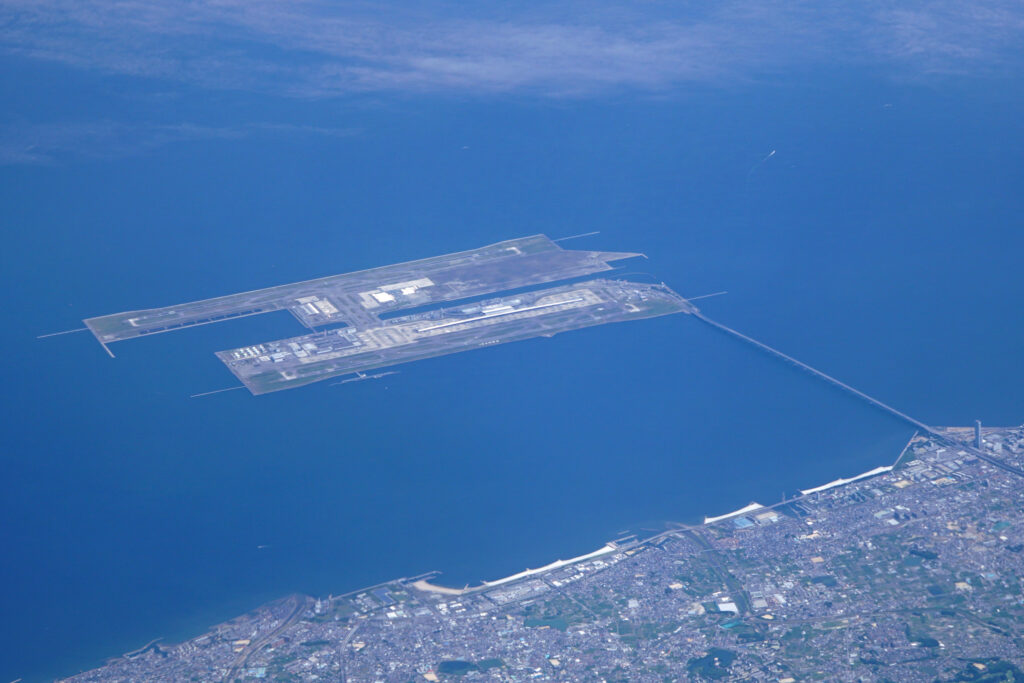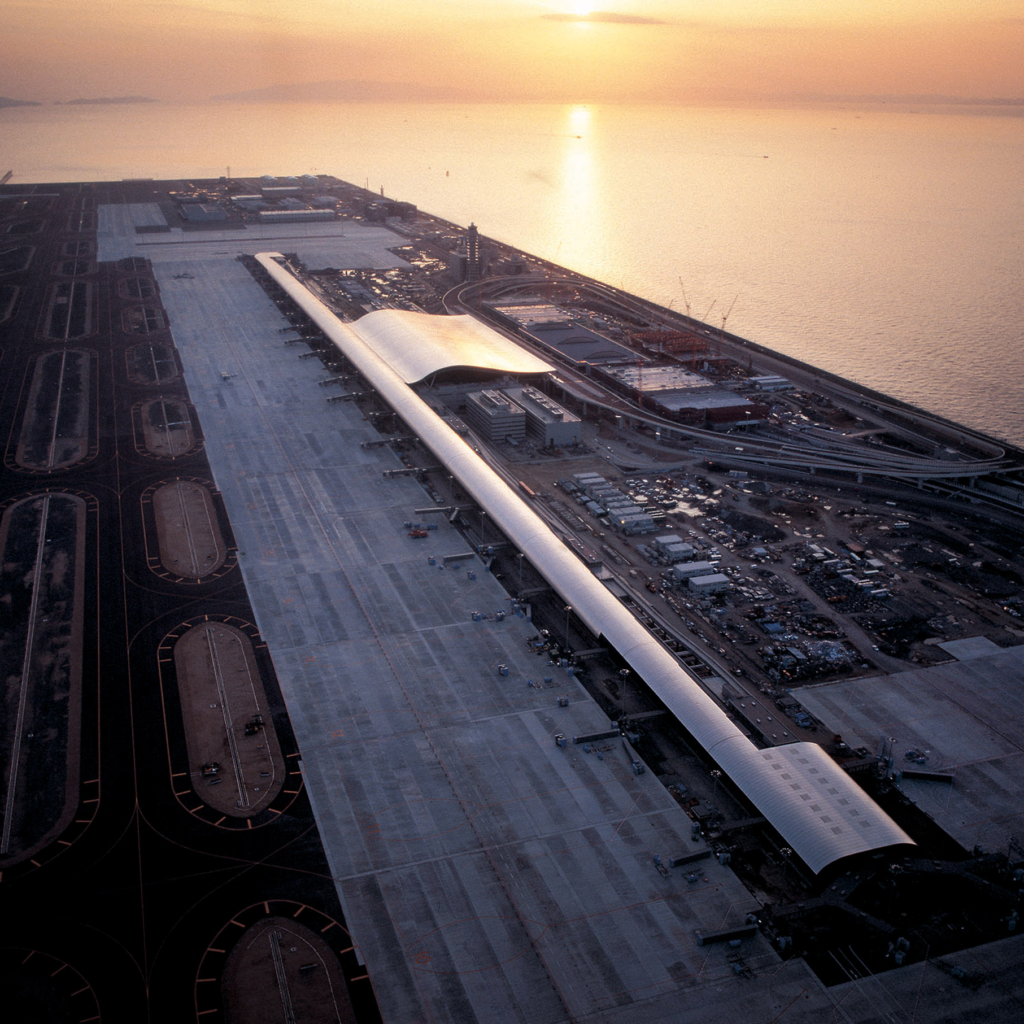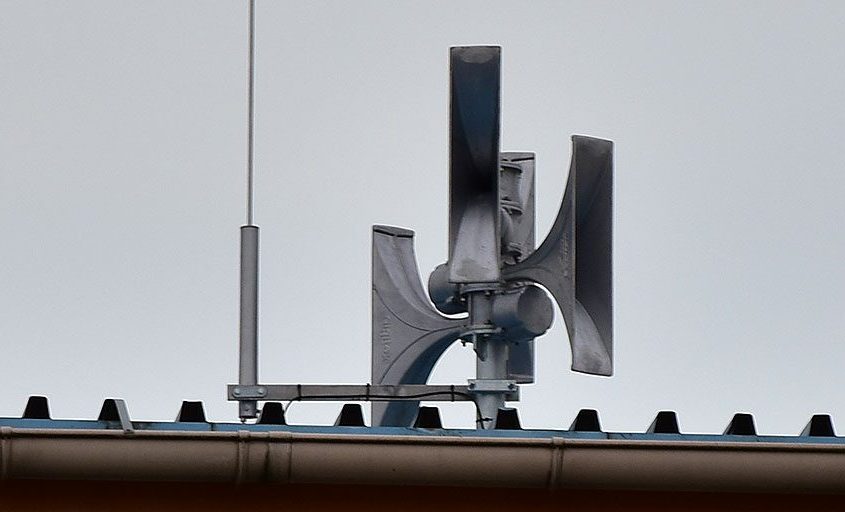
JAPAN- The engineering marvel and symbol of architecture wonder, Kansai International Airport (KIX), built on a wet Sponge artificial Island, is experiencing subsidence into the sea, with an average sinking rate exceeding one foot per year.
Kansai International Airport, located near Japan’s second-largest city, Osaka, has gradually descended approximately 38 feet into the ocean since its inauguration three decades ago. Constructed atop two artificial islands in Osaka Bay, these platforms are progressively drifting farther away from the urban center.
 Photo-Luke Lai | Flickr
Photo-Luke Lai | FlickrKansai Airport is Sinking
According to sources from The Sun, there is growing concern over the airport, which serves carriers like Japan Airlines(JL), Nippon Cargo Airlines(KZ), and All Nippon Airways(NH), possibly sinking and reaching sea level by 2056.
Initially, engineers anticipated that the structures would descend to a level 13 feet above sea level within a 50-year timeframe—a threshold deemed essential to prevent floodwater from breaching the airport’s seawall.
However, this anticipated threshold was reached in a mere six years. Subsequently, a staggering £117 million was expended on elevating and reinforcing the seawall. Nevertheless, it seems inevitable that the airport will continue to sink further into the water.
 Photo: Renzo Piano
Photo: Renzo PianoChallenges in Kansai Airport Construction
In 2018, Yukako Handa from Kansai Airports explained that land reclamation calculations for Kansai Airport considered projected ground levels and subsidence estimates for 50 years.
A significant challenge encountered during the airport’s construction was the nature of the underlying land. Described as resembling “a wet sponge,” the ground required extensive drying and compaction before construction could proceed.
Workers deposited approximately five feet of sand on top of the clay seabed, followed by installing and filling 2.2 million vertical pipes with sand. They then used the soil to establish a sturdy foundation.
As the island began to sink towards the seafloor, construction teams implemented measures such as inserting new plates and raising columns to mitigate the subsidence. However, despite their efforts, it seems that the airport’s gradual sinking may persist unabated.
 Photo: Joe Hsu | Flickr
Photo: Joe Hsu | FlickrAdditionally, the airport has frequently faced adverse weather conditions and natural calamities. In 2018, the destructive typhoon Jebi hit, temporarily closing the airport and stranding thousands of passengers.
Consequently, Kansai has recently revealed intentions to conduct earthquake and tsunami drills to ensure staff readiness for emergencies.
Kansai witnesses an annual influx of approximately 20 million travelers. Notably, it holds the distinction of being the world’s inaugural airport built on water.
Stay tuned with us. Further, follow us on social media for the latest updates.
Join us on Telegram Group for the Latest Aviation Updates. Subsequently, follow us on Google News
Kansai International, the Floating Airport, has Never Lost Any Baggage in 30 Years
The post £15 Billion Kansai Airport Built on a ‘Wet Sponge’ Island is Sinking Fast appeared first on Aviation A2Z.

 10 miesięcy temu
10 miesięcy temu














